While compost and topsoil may look similar, they serve different purposes and have unique benefits. Compost is a soil amendment made from decomposed organic matter, while topsoil is the uppermost layer of soil on the ground. Understanding the differences between the two can help you make informed decisions about which to use in your garden or landscaping project.
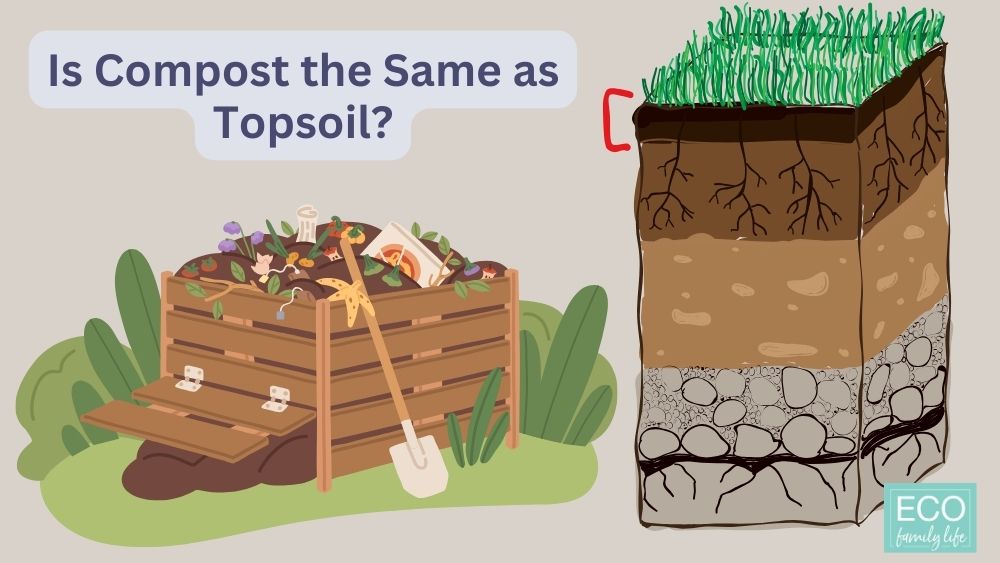
Compost is rich in nutrients and serves as a natural fertilizer for plants. It can improve soil structure, increase water-holding capacity, and enhance microbial activity in the soil. Topsoil, on the other hand, is used as a base for planting and landscaping. It can vary in quality and fertility, and may not contain the nutrients that plants need to thrive. While both compost and topsoil play important roles in creating healthy gardens, they are not interchangeable.
Let’s take a closer look at compost and topsoil, compare their benefits, and explore how they can be used together to improve garden soil health.
Key Takeaways
- Compost and topsoil serve different purposes and have unique benefits.
- Compost is a natural fertilizer that can improve soil structure, increase water-holding capacity, and enhance microbial activity in the soil.
- Topsoil is a base for planting and landscaping, and may not contain the nutrients that plants need to thrive.
Understanding Compost
Definition of Compost
Compost is a type of organic matter that is created by decomposing various materials, such as leaves, grass clippings, food waste, and other organic waste. It is often used as a soil amendment to improve the quality of soil and provide nutrients for plants. Compost is different from topsoil, which is the very topmost layer of soil that contains a mixture of organic and inorganic matter.
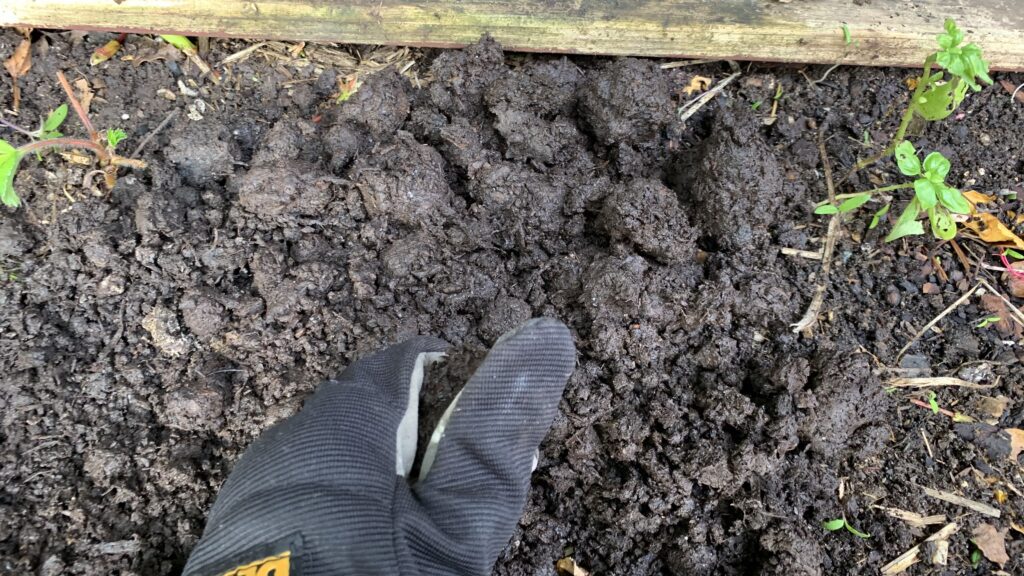
Composting Process
The process of composting involves creating the right conditions for organic matter to break down into compost. This process is facilitated by microorganisms, such as bacteria and fungi, that decompose the organic material. The process of composting requires a balance of carbon-rich materials, such as leaves and straw, and nitrogen-rich materials, such as food scraps and grass clippings. The ideal ratio of carbon to nitrogen is 30:1.
The composting process can take anywhere from a few weeks to several months, depending on the conditions and the materials used. During the process, the compost pile should be turned regularly to ensure that the materials decompose evenly and to prevent the pile from becoming too compact.

Components of Compost
Compost is made up of a variety of organic materials that have broken down into a nutrient-rich soil amendment. Some of the most common components of compost include:
- Leaves
- Grass clippings
- Kitchen scraps
- Yard trimmings
- Manure
- Sawdust
- Wood chips
Compost can also be enriched with other materials, such as bone meal, blood meal, and fish emulsion, to provide additional nutrients for plants. When used as a soil amendment, organic compost can improve soil structure and water retention, as well as provide essential nutrients for plant growth. You can mix it through the existing soil and prepare your garden for new plants, improve soil drainage and add enough nutrients to encourage good plant growth.
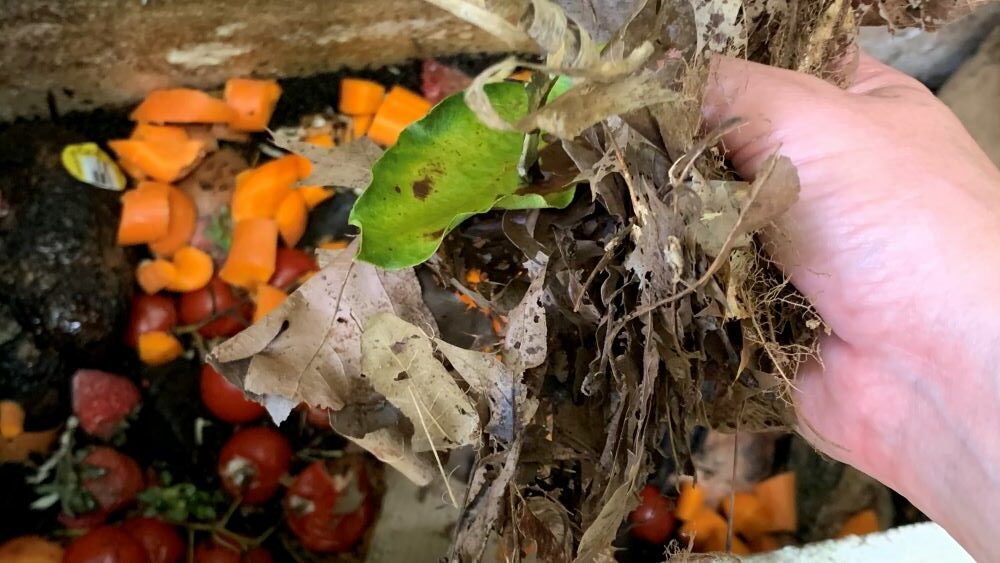
Overall, compost is a valuable resource for gardeners and farmers who want to improve soil quality and promote healthy plant growth and grow a healthy garden. You can mix it through your vegetable garden, apply it as a top dressing for trees, mix it into soil for raised garden beds or container plants or prepare your new flower beds.
By understanding the definition of compost, the composting process, and the components of compost, you can make informed decisions about how to use this valuable resource in your own garden or farm.
Understanding Topsoil
Definition of Topsoil
Topsoil is the uppermost layer of soil that covers the earth’s surface. It is the top layer of soil of soil that is most affected by weathering, erosion, and biological activity. Topsoil is typically the first 5 to 10 inches of soil and is where most of the plant roots are located. It is also the layer of soil that is most important for agriculture and gardening, as it contains the highest concentration of organic matter and nutrients.
Characteristics of Topsoil
Topsoil is characterized by its dark color, which is due to the presence of organic matter. It is also typically looser and more crumbly than the subsoil beneath it, which allows for good drainage and root growth. Top soil is also more fertile than the subsoil, as it contains more nutrients and extra organic matter.
Formation of Topsoil
Topsoil is formed over thousands of years through the weathering of rocks and minerals, the breakdown of organic matter, and the activity of microorganisms and small animals. It is constantly being formed and replenished, but it can also be lost through erosion and other forms of soil degradation. Premium topsoil can also be created through the addition of organic matter, such as compost.
Comparing Compost and Topsoil
When it comes to gardening, it’s important to understand the differences between compost and topsoil. While both can be used to improve soil quality, they are not the same thing. Here are the key differences between compost and topsoil.
Nutrient Content
Compost is a nutrient-rich material made from decomposed organic matter such as leaves, grass clippings, and food scraps. It contains a variety of nutrients that are essential for plant growth, including nitrogen, phosphorus, and potassium. In fact, good compost is often referred to as “black gold” because of its high nutrient content. You can make your own compost at home by breaking down food scraps, fall leaves and old hay.
On the other hand, topsoil is the uppermost layer of soil, which is typically rich in minerals but not necessarily high in nutrients. While it does contain some organic matter, it is not as nutrient-dense as compost.
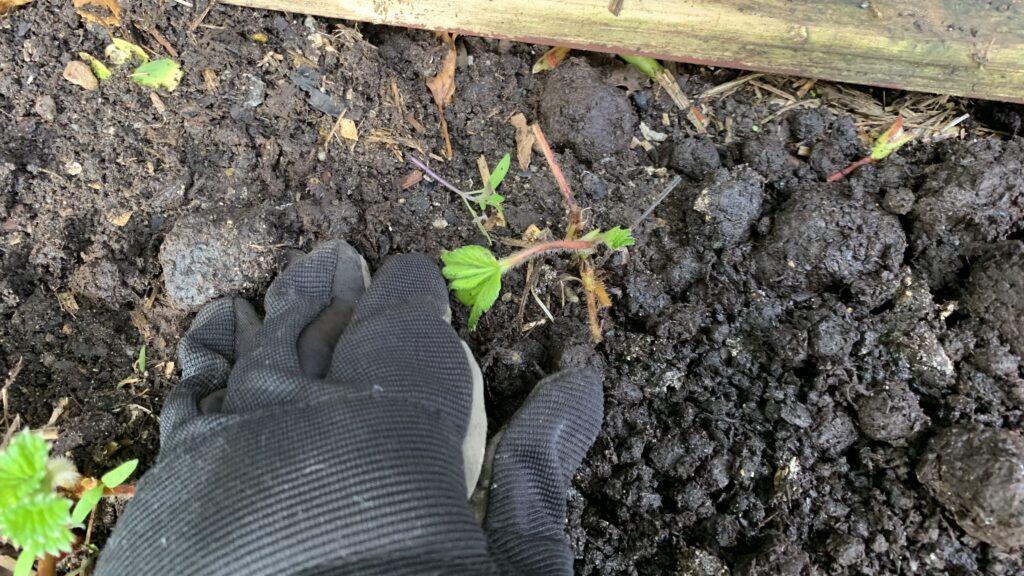
Texture and Structure
Compost has a crumbly texture and is dark in color. It is easy to work with and can be added to soil to improve its texture and structure. Compost also helps to improve soil drainage and water retention.
Topsoil, on the other hand, can vary in texture and structure depending on the location it was sourced from. It can be sandy, loamy, or clayey. Topsoil is typically used to fill in low spots or to level out an area before planting.
Intended Use in Gardening
Compost is often used as a soil amendment to improve soil quality, add nutrients, and promote healthy plant growth. It can be added to garden beds, container gardens, and even lawns. Compost can also be used as a mulch to help retain moisture and suppress weed growth.
Topsoil, on the other hand, is typically used to fill in low spots or to level out an area before planting. It can also be used to create new garden beds or to improve the soil in existing ones. However, it is important to note that topsoil alone is not a complete soil solution and may need to be amended with compost or other materials to provide the necessary nutrients for healthy plant growth.
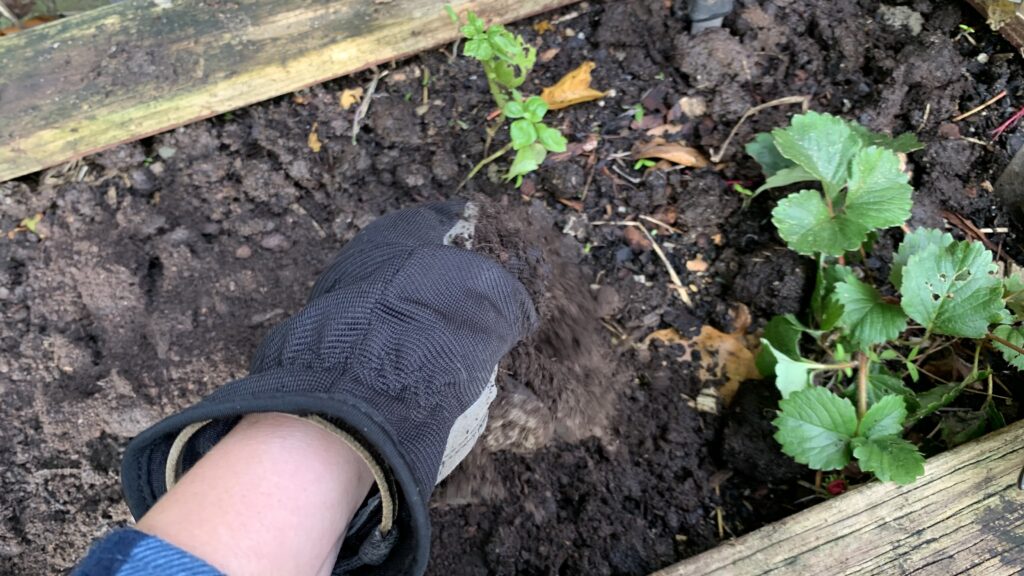
In conclusion, while compost and topsoil may look similar, they serve different purposes in gardening. Compost is a nutrient-rich soil amendment that can improve soil quality and promote healthy plant growth, while topsoil is typically used to fill in low spots or to level out an area before planting. By understanding the differences between these two materials, you can make informed decisions about how to best use them in your garden.
Benefits of Compost in Soil
If you’re wondering whether compost is the same as topsoil, the answer is no. Compost and topsoil have different properties and uses. Compost is a mixture of decomposed organic matter, such as food scraps, yard waste, and leaves. On the other hand, topsoil is the uppermost layer of soil, usually about 5-12 inches deep, that contains a mix of organic matter, minerals, and microorganisms.
Soil Fertility Improvement
One of the benefits of using compost in soil is that it can improve soil fertility. Compost is rich in nutrients, such as nitrogen, phosphorus, and potassium, which are essential for plant growth. When you add compost to your soil, it can provide a slow-release source of nutrients that can feed your plants over time. This can be especially helpful if your soil is lacking in nutrients or if you’re growing plants that are heavy feeders.
Water Retention Enhancement
Another benefit of using compost in soil is that it can enhance water retention. Compost has the ability to hold onto water, which can be helpful in areas with dry or sandy soil. When you add compost to your soil, it can help to improve soil structure and increase the soil’s ability to hold onto water. This can be beneficial for plants, as they need water to grow and thrive.
In summary, compost can be a valuable addition to your soil, as it can improve soil fertility and enhance water retention. While compost is not the same as topsoil, it can be used in conjunction with topsoil to create a healthy growing environment for your plants.
Using Compost and Topsoil Together
When it comes to using compost and topsoil together, there are a few techniques and proportions to keep in mind to ensure optimal results for your garden.
Layering Techniques
One way to use compost and topsoil together is through layering techniques. This involves layering the two materials on top of each other to create a nutrient-rich soil bed for your plants. To do this, start by laying down a layer of topsoil, followed by a layer of compost. Repeat this process until you have reached your desired soil depth.
Another layering technique involves creating a compost layer on top of a layer of topsoil. This allows the nutrients from the compost to slowly seep into the topsoil layer below, providing a steady source of nutrients for your plants.
Proportions for Mixing
If you prefer to mix your compost and topsoil together, it’s important to keep the right proportions in mind. A good rule of thumb is to use a 50/50 mix of compost and topsoil. This will provide your plants with a healthy balance of nutrients and soil structure.
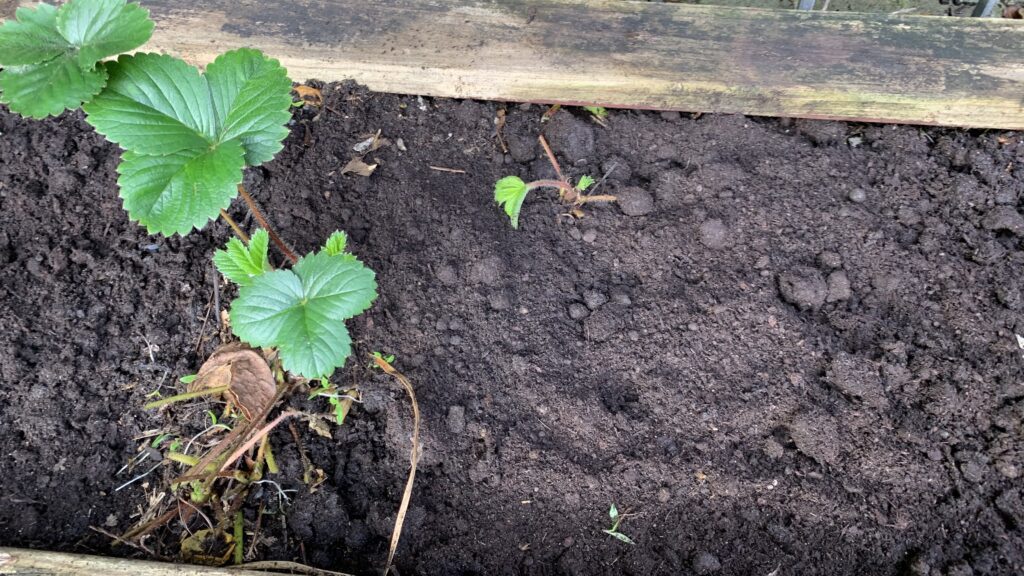
However, if your soil is already high in nutrients, you may want to use a lower proportion of compost, such as a 30/70 mix. On the other hand, if your soil is lacking in nutrients, you may want to use a higher proportion of compost, such as a 70/30 mix.
Remember, using compost and topsoil together can greatly benefit your garden by improving soil structure and providing a steady source of nutrients for your plants. Use these layering techniques and mixing proportions to create a healthy soil bed for your garden.
Environmental Considerations
Sustainability of Compost
When it comes to environmental considerations, compost is a more sustainable option than topsoil. Compost is made from organic materials such as food scraps, leaves, and yard waste, which would otherwise end up in landfills. By using compost instead of topsoil, you are helping to reduce the amount of waste that goes to landfills, which can have a significant impact on the environment.
In addition, composting is a natural process that does not require the use of chemicals or synthetic fertilizers. This means that compost is a more eco-friendly option, as it does not contribute to the pollution of the environment.
Soil Erosion Prevention
Another important environmental consideration is soil erosion prevention. Soil erosion can have a significant impact on the environment, as it can lead to the loss of topsoil, which is essential for plant growth. Compost can help prevent soil erosion by improving the soil structure and increasing its water-holding capacity.
Topsoil, on the other hand, can contribute to soil erosion, as it is often used to replace topsoil that has been lost due to erosion. This can lead to further erosion, as topsoil is often less stable than the original soil.
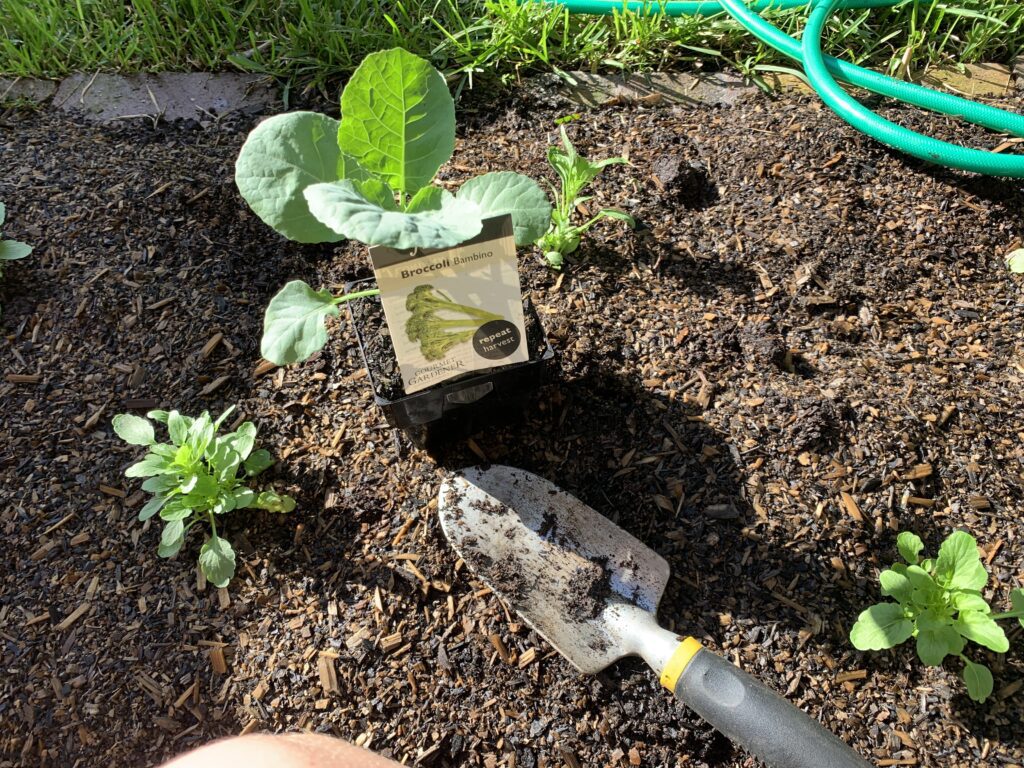
Overall, when it comes to environmental considerations, compost is a more sustainable and eco-friendly option than topsoil. By using compost instead of topsoil, you can help reduce waste, prevent soil erosion, and promote a healthier environment.
Frequently Asked Questions
What are the differences between compost and topsoil?
Compost and topsoil are both used to improve soil quality, but they differ in their composition and function. Topsoil is the uppermost layer of soil, typically ranging from 2-8 inches deep.
It contains a mix of sand, silt, and clay particles, along with organic matter. Compost, on the other hand, is a mixture of decomposed organic matter such as leaves, grass clippings, and food scraps. It is typically used as a soil amendment to improve soil structure, fertility, and water retention.
Can compost be used as a substitute for topsoil in vegetable gardens?
Compost can be used as a substitute for topsoil in vegetable gardens, but it is not recommended to use it alone. Compost lacks the mineral content that topsoil provides, so it is important to mix it with topsoil to provide a balanced nutrient profile for plants. A 50/50 mix of compost and topsoil is recommended for vegetable gardens.
What are the benefits of using compost over topsoil for plant growth?
Compost is a superior choice for plant growth because it is rich in nutrients and organic matter. It contains beneficial microorganisms that help break down nutrients and make them more available to plants. Additionally, compost improves soil structure, which helps plants grow stronger and healthier.
Should flower beds be filled with topsoil or compost for optimal growth?
Flower gardens should be filled with a mixture of topsoil and compost for optimal growth. A 50/50 mix of topsoil and compost will provide a balanced nutrient profile and improve soil structure, which helps plants grow stronger and healthier.
How does a topsoil and compost mix improve soil quality?
A topsoil and compost mix improves soil quality by providing a balanced nutrient profile and improving soil structure. Topsoil provides minerals that are essential for plant growth, while compost provides organic matter that improves soil structure and water retention. The two together create a nutrient-rich and well-structured soil that promotes healthy plant growth.
Is it more beneficial to top dress a lawn with compost or topsoil?
It is more beneficial to top dress a lawn with compost rather than topsoil. Compost contains beneficial microorganisms that help break down thatch and improve soil structure. It also provides a slow-release source of nutrients for grass, which promotes healthy growth. Topsoil, on the other hand, can be too heavy and compact for grass roots to penetrate, and it may contain weed seeds that can germinate in your lawn.
I am an accredited practicing dietitian, experienced gardener and a dedicated cook. I love writing and sharing my experience so you can learn from my successes and mistakes.
